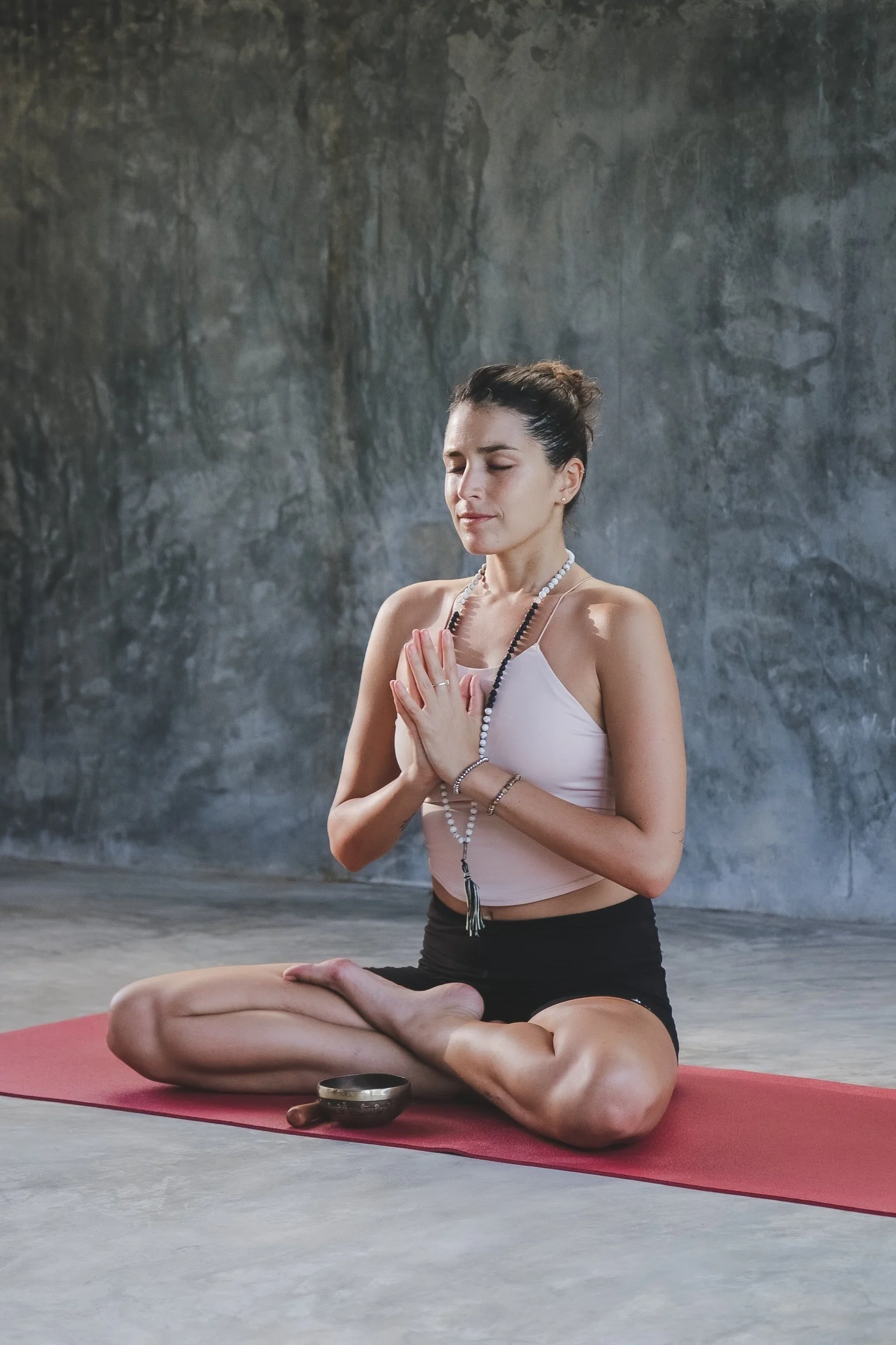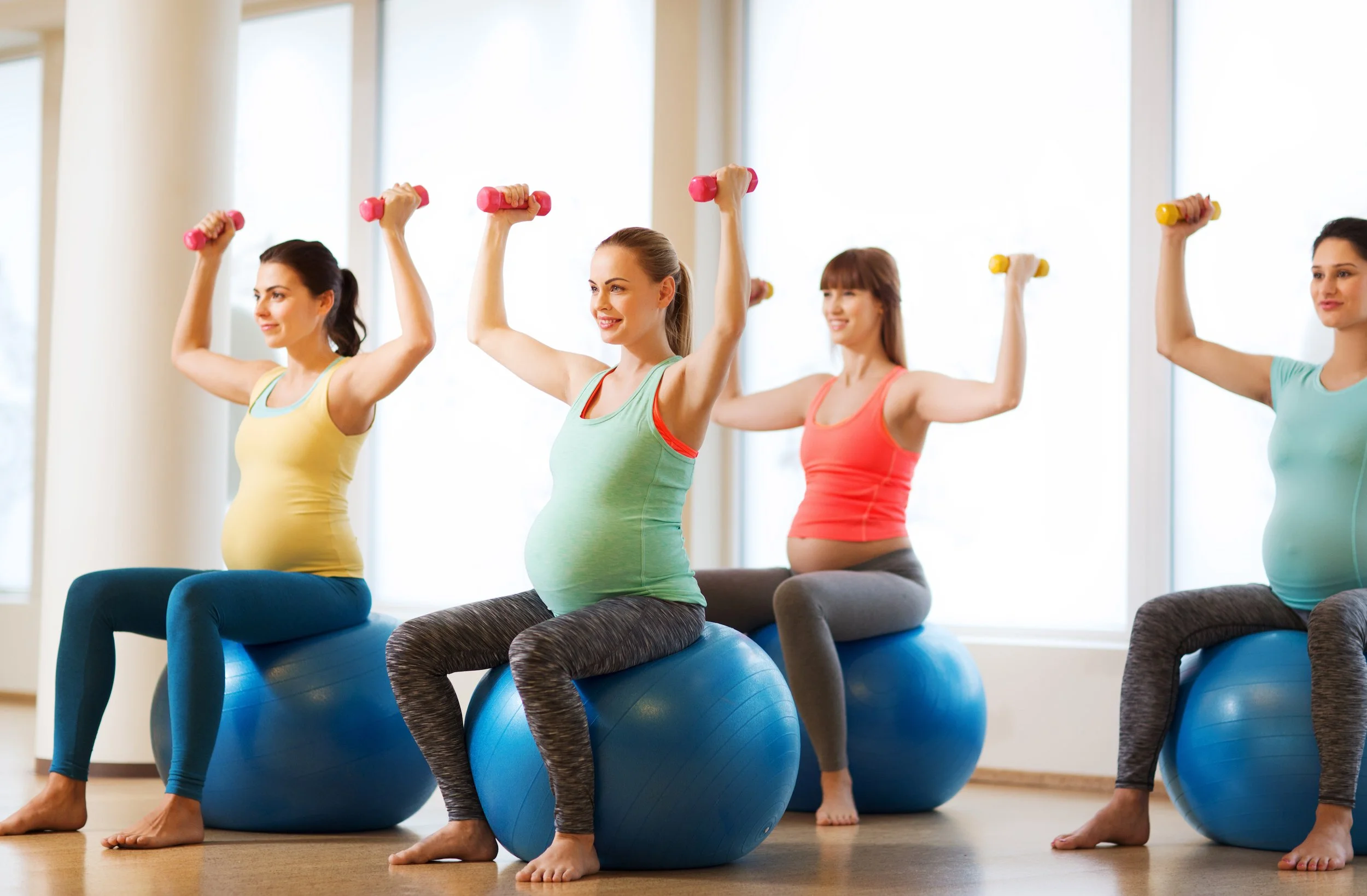Yoga or Pilates?
Yoga vs. Pilates: Which is Better?
Yoga and Pilates are two of the most popular forms of exercise that have been around for decades. This blog post will discuss the key similarities and differences between Yoga and Pilates and how you can determine which one is a better fit for your body.
Yoga can be a great choice if you're looking for a practice to help you relax, reduce stress, and improve your overall well-being. This practice originated in ancient India and has been around for thousands of years. It is a holistic practice that encompasses physical postures, breathing techniques, meditation, and spiritual elements. Yoga classes can vary significantly in intensity, so it's important to find a class that is appropriate for your fitness level.
Pilates, on the other hand, is a more modern practice that Joseph Pilates developed in the early 20th century. It is a form of exercise that focuses on building core strength, flexibility, and balance through controlled, precise movements. Pilates is often described as a "mind-body" practice, as it requires you to focus on your breath and engage your core muscles throughout the movements. Pilates is an excellent choice if you're looking for a form of exercise to help you improve your posture and build a strong, toned body. Some of the most common types of Pilates include Mat Pilates and Reformer Pilates.
Mat Pilates is a form of Pilates that one performs on a mat. It involves a series of exercises typically using bodyweight resistance, although sometimes small props are used to increase intensity. Mat Pilates is a great choice for people looking for a more cost-effective form of Pilates, as it doesn't require any special equipment. Reformer Pilates is a form of Pilates that one performs on a machine called a reformer. The reformer provides resistance to the exercises, which can either make the movement more challenging or provide more assistance, depending on the exercise.
Similarities between Yoga and Pilates
Both practices focus on using the breath to improve overall body awareness and control.
Both practices aim to improve posture, balance, and core strength.
Both practices can be modified to suit different fitness levels and abilities.
Both practices can provide physical and mental benefits for overall well-being.
Differences between Yoga and Pilates
Yoga has a more holistic approach. It encompasses not only physical postures but also meditation and spiritual elements. While Pilates focuses more on physical strength, stability, flexibility, balance, and body control.
Yoga classes can vary significantly in intensity, from being slow and meditative to moving more quickly through advanced poses. Pilates classes are generally more structured and focus more on precise movements. Exercises can be done on the mat or specific Pilates equipment such as the Reformer, Trapeze, and Wunda Chair.
Yoga practice typically involves holding postures for an extended time, while Pilates focuses on movements with control and precision.
Yoga vs. Pilates: How Do I Decide?
So, which one is a better fit for your body? It is not fair to say one is better than the other, as both practices have unique benefits to offer. The best way to find out which is right for you is to try both and see which one you enjoy more and which aligns with your personal goals. Yoga may be a better choice if you're looking for a spiritual practice that will help you relax and reduce stress. If you're looking to build strength and flexibility and improve your posture, Pilates might be a better fit.
Pilates Instructor’s Opinion
I absolutely love doing both Yoga and Pilates for different reasons. They both feel amazing on my body, and the practices complement each other. I have noticed that doing one can help enhance the experience of the other. You can definitely take elements from one and incorporate it into the other.
As a Pilates instructor, I do believe that Pilates can be safer for those with any injuries, pathologies, and physical limitations as it can be modified more appropriately. Depending on the type of Yoga you do, some poses require substantial flexibility and joint mobility, especially in the spine, hips, and wrist. Although these poses can be modified, someone with severe limitations may find it very challenging and could potentially hurt themselves. If this sounds like something you’re dealing with, I recommend consulting with your doctor before starting any new exercise program.





